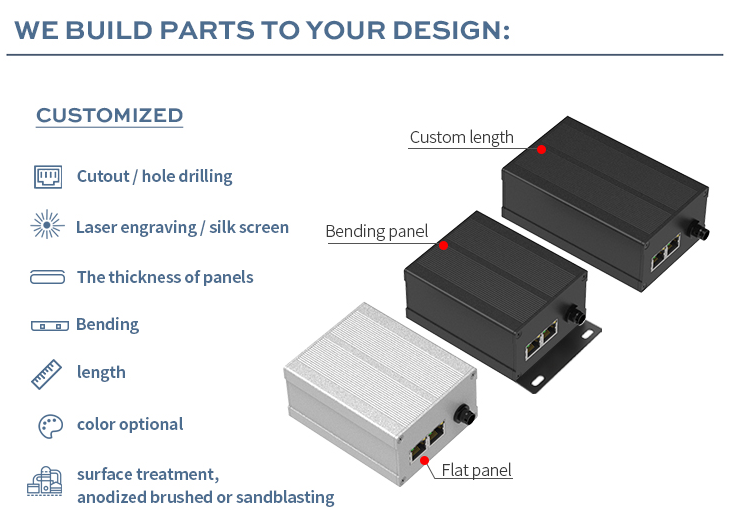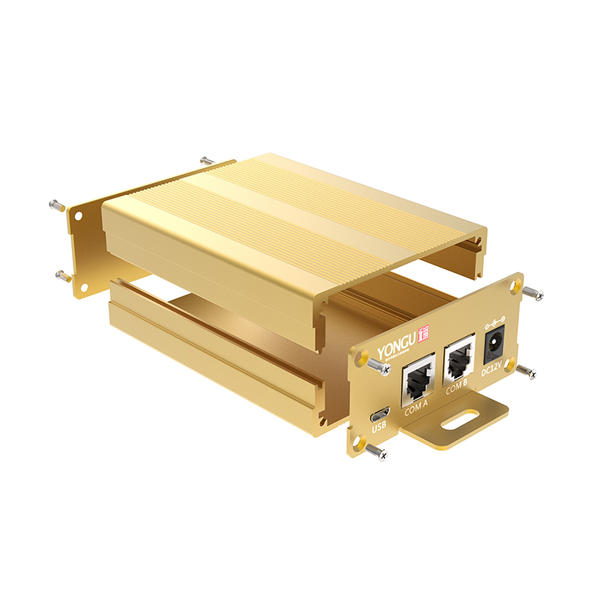Almost every electronic device has its own enclosure to keep its components protected and safe. Observing from the complex medical technology to the simplest handheld devices, a good electronics enclosure is a guardian angel of the product who could protect the collapse of system away from the product.
Introduction
Along with the development of the industry, the international industrial enclosures standard also gets perfect. However, sometimes, the present options of the enclosure may not available for the particular needs of your application. Under this situation, you may wonder how to manufacture the custom electronics and whether they could make it in your factory. However, many companies’ equipment doesn’t meet the requirement of manufacturing electronics enclosures. In other words, if the company doing so will cause the cost far outweighs the benefits. Therefore, choosing a reliable enclosure manufacturer to custom your own enclosure is a practical and good choice. A question comes that is what we should notice during the process of designing the enclosures to satisfy our user experience. In this article, I will list some basics of knowledge of making custom electronics enclosures to provide you some ideas of custom enclosures.

Material
Aluminum Enclosures: Generally speaking, Aluminum enclosures are manufactured through via die casting or extrusion. Die casting means the manufacturer would inject the molt aluminum into a die mold. As for the extrusion, the manufacturer pushes the aluminum across a die to create the long parts, after then, the long part would be cut into size.

Stainless Steel Enclosures:
Different from other materials, stainless steel enclosures are produced by the method of welding. Several plates of stainless steel are welded to form the enclosure. Due to the excellent hardness, the cutting and welding process of stainless steel require specialized tools.
ABS Plastic Enclosures: Injecting the heated emulsified mixture into the mold and waiting for the cooling, the ABS plastic enclosure is made it. Because of the characteristic of thermoplastic, it often is recycled to manufacture other products.
Enclosure Size
Talking about the enclosure size, you not only need to consider whether the internal space of the enclosure is larger enough to hold all components but also need to consider the issue of crosstalk and interference. If the internal structure is too crowded, it would cause crosstalk or interference between different components.
NEMA Rating/IP Rating
NEMA ratings and IP ratings are two system used to evaluate the protective level of an enclosure. IP ratings is the most important evaluation system for buyers. It is a rating system published by the IEC (International Electrotechnical Commission)
Conclusion
Before you decide to purchase the custom enclosure, you need to consider these three factors: the material, sizes and rating system. The enclosure material is the vital factor which determines the manufacturing process and equipment. Second, the enclosure size is direct factor affects the normal function of electronic components. Third, the evaluation system could visually reflect the functions of the electronics enclosures.



